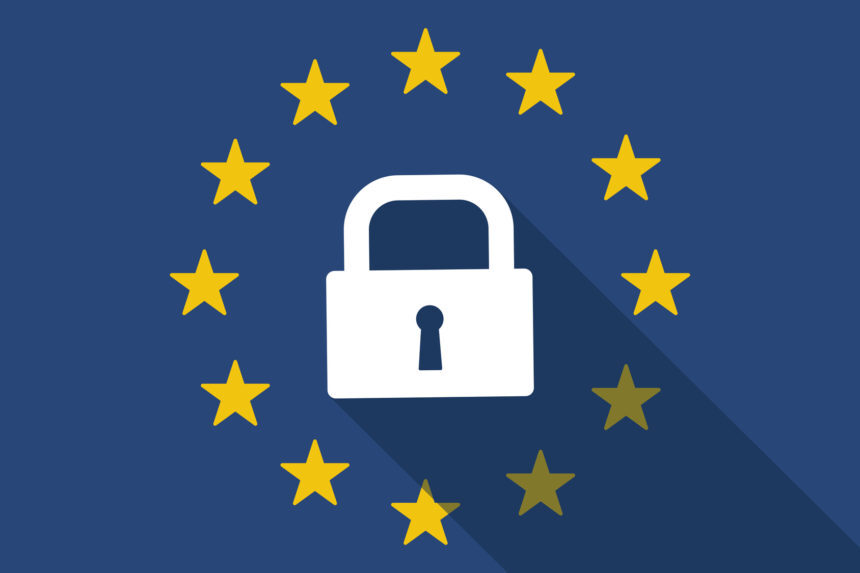Keeping up with new data protection regulations can be difficult, and the latest – the General Data Protection Regulation (GDPR) – isn’t the only new data protection regulation organizations should be aware of.
California recently passed a law that gives residents the right to control the data companies collect about them. Some suggest the California Consumer Privacy Act (CCPA), which takes effect January 1, 2020, sets a precedent other states will follow by empowering consumers to set limits on how companies can use their personal information.
In fact, organizations should expect increasing pressure on lawmakers to introduce new data protection regulations. A number of high-profile data breaches and scandals have increased public awareness of the issue.
Facebook was in the news again last week for another major problem around the transparency of its user data, and the tech-giant also is reportedly facing 10 GDPR investigations in Ireland – along with Apple, LinkedIn and Twitter.
Some industries, such as healthcare and financial services, have been subject to stringent data regulations for years: GDPR now joins the Health Insurance Portability and Accountability Act (HIPAA), the Payment Card Industry Data Security Standard (PCI DSS) and the Basel Committee on Banking Supervision (BCBS).
Due to these pre-existing regulations, organizations operating within these sectors, as well as insurance, had some of the GDPR compliance bases covered in advance.
Other industries had their own levels of preparedness, based on the nature of their operations. For example, many retailers have robust, data-driven e-commerce operations that are international. Such businesses are bound to comply with varying local standards, especially when dealing with personally identifiable information (PII).
Smaller, more brick-and-mortar-focussed retailers may have had to start from scratch.
But starting position aside, every data-driven organization should strive for a better standard of data management — and not just for compliance sake. After all, organizations are now realizing that data is one of their most valuable assets.
New Data Protection Regulations – Always Be Prepared
When it comes to new data protection regulations in the face of constant data-driven change, it’s a matter of when, not if.
As they say, the best defense is a good offense. Fortunately, whenever the time comes, the first point of call will always be data governance, so organizations can prepare.
Effective compliance with new data protection regulations requires a robust understanding of the “what, where and who” in terms of data and the stakeholders with access to it (i.e., employees).
The Regulatory Rationale for Integrating Data Management & Data Governance
This is also true for existing data regulations. Compliance is an on-going requirement, so efforts to become compliant should not be treated as static events.
Less than four months before GDPR came into effect, only 6 percent of enterprises claimed they were prepared for it. Many of these organizations will recall a number of stressful weeks – or even months – tidying up their databases and their data management processes and policies.
This time and money was spent reactionarily, at the behest of proactive efforts to grow the business.
The implementation and subsequent observation of a strong data governance initiative ensures organizations won’t be put on the spot going forward. Should an audit come up, current projects aren’t suddenly derailed as they reenact pre-GDPR panic.
Data Governance: The Foundation for Compliance
The first step to compliance with new – or old – data protection regulations is data governance.
A robust and effective data governance initiative ensures an organization understands where security should be focussed.
By adopting a data governance platform that enables you to automatically tag sensitive data and track its lineage, you can ensure nothing falls through the cracks.
Your chosen data governance solution should enable you to automate the scanning, detection and tagging of sensitive data by:
- Monitoring and controlling sensitive data – Gain better visibility and control across the enterprise to identify data security threats and reduce associated risks.
- Enriching business data elements for sensitive data discovery – By leveraging a comprehensive mechanism to define business data elements for PII, PHI and PCI across database systems, cloud and Big Data stores, you can easily identify sensitive data based on a set of algorithms and data patterns.
- Providing metadata and value-based analysis – Simplify the discovery and classification of sensitive data based on metadata and data value patterns and algorithms. Organizations can define business data elements and rules to identify and locate sensitive data, including PII, PHI and PCI.
With these precautionary steps, organizations are primed to respond if a data breach occurs. Having a well governed data ecosystem with data lineage capabilities means issues can be quickly identified.
Additionally, if any follow-up is necessary – such as with GDPR’s data breach reporting time requirements – it can be handles swiftly and in accordance with regulations.
It’s also important to understand that the benefits of data governance don’t stop with regulatory compliance.
A better understanding of what data you have, where it’s stored and the history of its use and access isn’t only beneficial in fending off non-compliance repercussions. In fact, such an understanding is arguably better put to use proactively.
Data governance improves data quality standards, it enables better decision-making and ensures businesses can have more confidence in the data informing those decisions.
The same mechanisms that protect data by controlling its access also can be leveraged to make data more easily discoverable to approved parties – improving operational efficiency.
All in all, the cumulative result of data governance’s influence on data-driven businesses both drives revenue (through greater efficiency) and reduces costs (less errors, false starts, etc.).
To learn more about data governance and the regulatory rationale for its implementation, get our free guide here.







